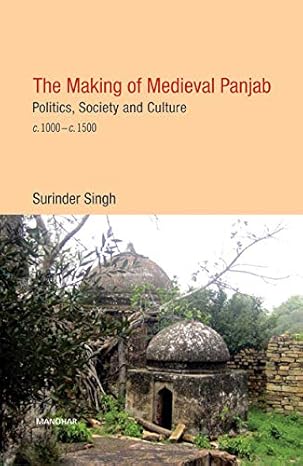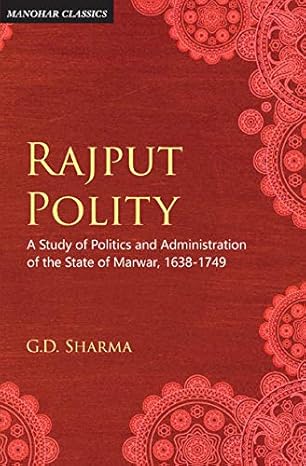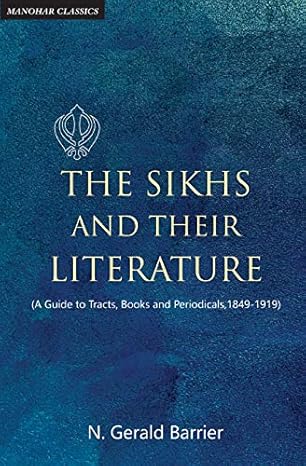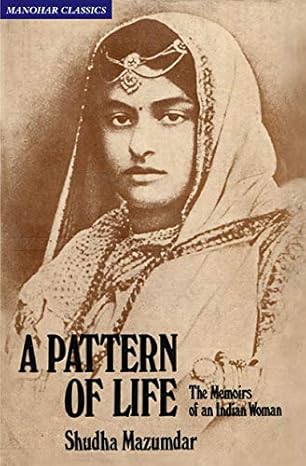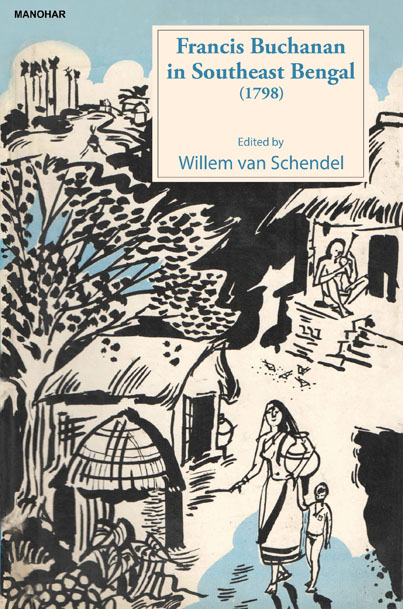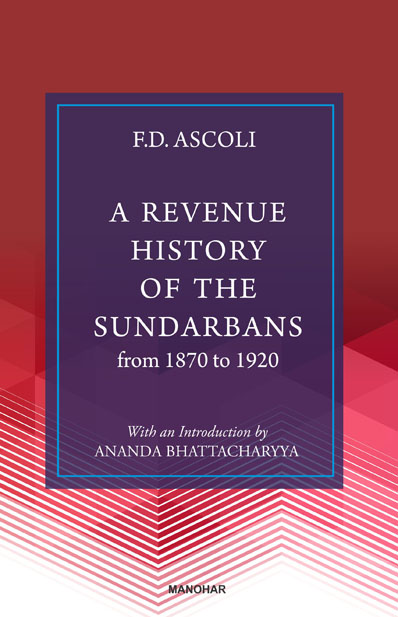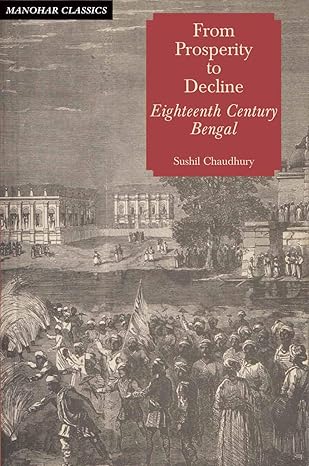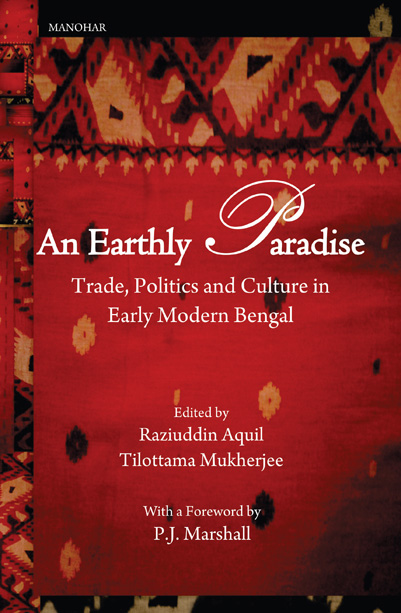History
Featured Products
The Making of Medieval Panjab: Politics, Society and Cuture c.1000-c. 1500
₹1,971.05
M.R.P.:₹ 2,495.00
You Save: ₹523.95 (21.00% OFF)
Rajput Polity: A Study of Politics and Administration of the State of Marwar, 1638-1749
₹843.75
M.R.P.:₹ 1,125.00
You Save: ₹281.25 (25.00% OFF)
Babur: Founder of the Mughal Empire in India
₹1,270.75
M.R.P.:₹ 1,495.00
You Save: ₹224.25 (15.00% OFF)
The Sikhs and Their Literature (A Guide to Tracts, Books and Periodicals, 1849-1919)
₹671.50
M.R.P.:₹ 850.00
You Save: ₹178.50 (21.00% OFF)
A Pattern of Life: The Memoirs of an Indian Woman
₹821.25
M.R.P.:₹ 1,095.00
You Save: ₹273.75 (25.00% OFF)
Francis Buchanan in Southeast Bengal (1798)
₹866.25
M.R.P.:₹ 1,125.00
You Save: ₹258.75 (23.00% OFF)
Conversion and Social Equality in India: The London Missionary Society in South Travancore in the 19th Century
₹974.55
M.R.P.:₹ 1,095.00
You Save: ₹120.45 (11.00% OFF)
A Revenue History of the Sundarbans from 1870 to 1920
₹1,356.00
M.R.P.:₹ 1,695.00
You Save: ₹339.00 (20.00% OFF)
From Prosperity to Decline Eighteenth Century Bengal
₹1,181.25
M.R.P.:₹ 1,575.00
You Save: ₹393.75 (25.00% OFF)
An Earthly Paradise: Trade, Politics and Culture in Early Modern Bengal
₹1,997.50
M.R.P.:₹ 2,350.00
You Save: ₹352.50 (15.00% OFF)


